In the rail industry, non-destructive testing (NDT) is required for railroad assets including axles, wheels, bogies, railcars and the railroad itself. The integrity of rail infrastructure is at the heart of safe and economical transport systems, preventing failure leading to unimaginable consequences and financial loss.
Details
In the rail industry, non-destructive testing (NDT) is required for railroad assets including axles, wheels, bogies, railcars and the railroad itself. The integrity of rail infrastructure is at the heart of safe and economical transport systems, preventing failure leading to unimaginable consequences and financial loss. There are several different NDT methods deployed for the structural integrity assessment of railroad infrastructure, some complementary to each other.
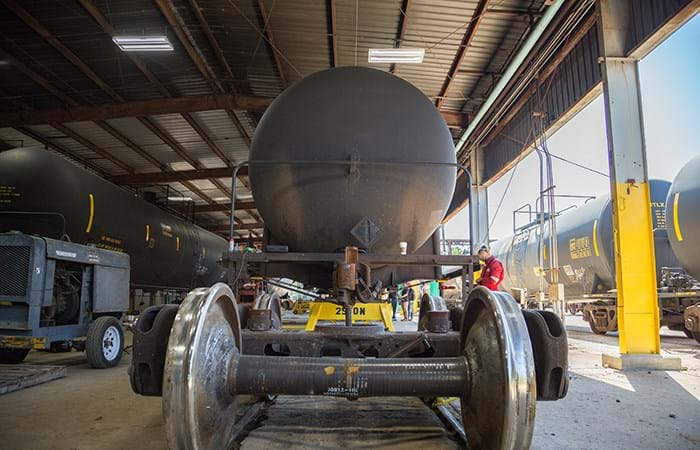
ACFM® was originally developed for use in the oil and gas industry as a technique for detecting and sizing surface-breaking cracks with minimal surface preparation. It is now used in a wide variety of industries as an alternative to magnetic particle or dye penetrant inspection. In the rail sector, it is being used to inspect axles, wheels, bogies and rails, where it can complement ultrasonic inspection. This technique has been accredited for use by Bombardier Transportation and Network Rail; certified training is available.
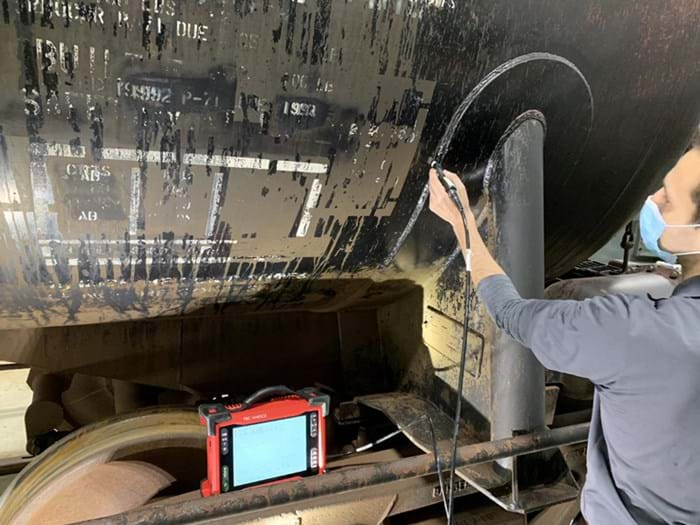
Phased array UT (PAUT) is another NDT method commonly used to inspect assets in the rail industry. Unlike conventional UT, the beam from a PAUT transducer can be focused and swept electronically without moving the transducer. The ultrasonic beam can be controlled because a PAUT probe is made up of multiple small elements, each of which can be pulsed independently at a specific timing determined by the PAUT instrument. This advanced NDT method is often used to carry out weld examinations.
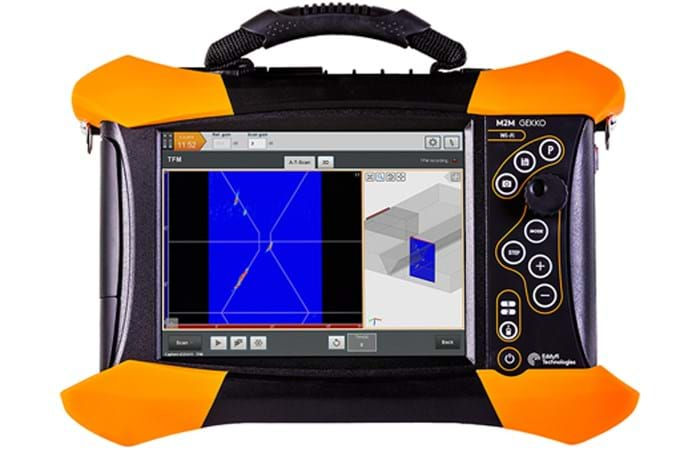
Axles
Axles can undergo inspection without the need for paint removal, allowing testing to be conducted both on and off the train. Alternating Current Field Measurement (ACFM®) has demonstrated exceptional surface crack detection capabilities even without surface preparation or coating removal. Additionally, this inspection technique provides accurate length and depth measurements for a wide range of crack sizes, reaching depths of up to 25mm (1in). The recommended approach for inspecting train axles with ACFM depends on the axle type and whether it is mounted on the bogie. However, in general, all inspections utilize the same basic ACFM toolkit.
The simplest option involves utilizing a standard pencil probe securely mounted in a suitable holder to inspect small sections of the axle or areas around a radius. When sufficient space is available, this method can be enhanced by utilizing large array probes for the center section of plain freight axles, enabling faster coverage. Thanks to the Amigo2's fast electronics, which facilitate rapid inspection scans with the largest array probes, a comprehensive train axle inspection can be completed within a few minutes.
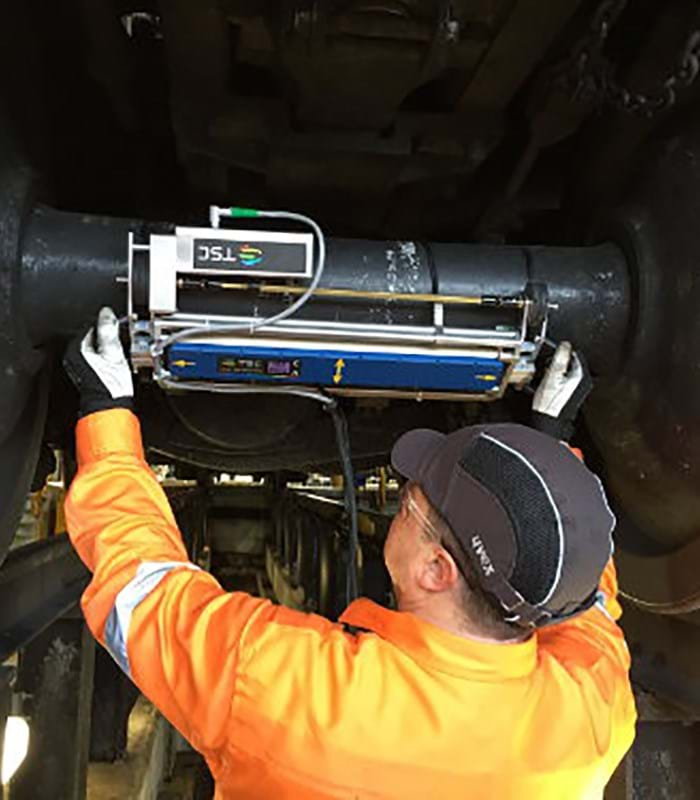
Wheels
Wheel rims and flanges can be inspected using similar techniques to axles. A standard pencil ACFM probe can be deployed manually by trolley or mounted in a jig above a rotating wheel. However, inspection is sped up considerably by use of an array probe shaped to match the rim/flange geometry so that the whole surface is inspected in one pass. The Gekko is also regularly deployed for the detection of small defects in wheels for railway applications.
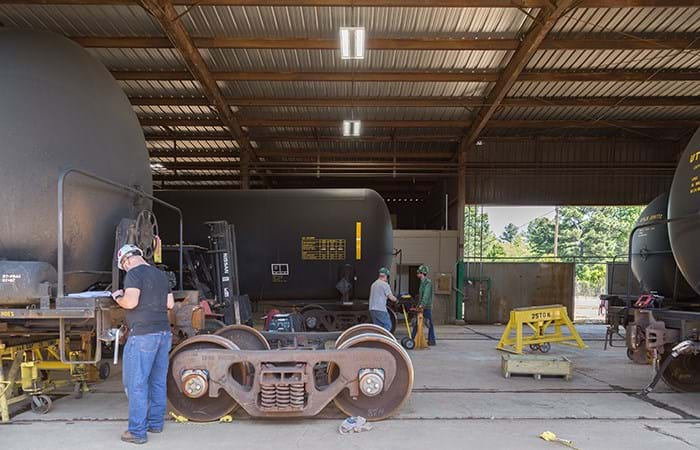
Railcars and Wagons
Bogies contain many welds, usually of short length and quite often difficult to access. Such welds are traditionally inspected using MPI, but this involves removing dirt and paint prior to inspection, and reapplying the paint afterwards. The time-consuming operation is avoided with ACFM. To inspect the welds with ACFM, a variety of probes with differently angled or lengthened heads are used, depending on access. Array versions are also available to speed up the weld examination process.
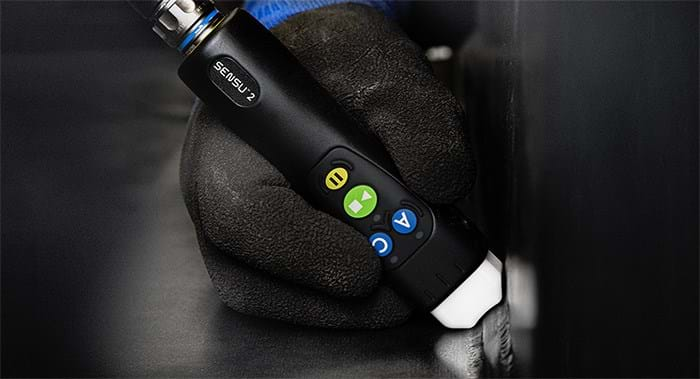
Railcar inspection is mostly a manual process that depends on the accuracy and knowledge of qualified inspection personnel to evaluate the state of freight cars for safe and efficient operation. The process is labour intensive and lacks a level of objectivity. While manual inspections are invaluable, we developed a solution to improve the internal tank car inspection process. Known as the Inuktun STIK™, our Spectrum Tank Inspection Kit offers a solution for ensuring inspection efficiency and reducing time that inspectors are exposed to hazards in a railyard environment. The automated remote visual inspection (RVI) system monitors specified parameters related to railcar integrity, liner health and general degradation so that preventative or corrective actions can be taken prior to failure. The STIK eliminates the need for Confined Space Entry (CSE) and requires no specialty training for RVI inside of tank cars.
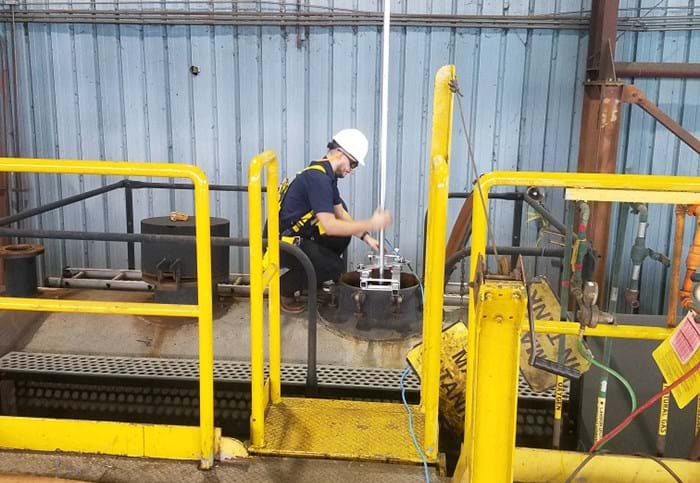
Eddyfi Technologies offers specialized solutions for many aspects of railroad and related component inspection, ensuring operators reduce human and environmental risk while saving money detecting potential defects before they become a costly problem.